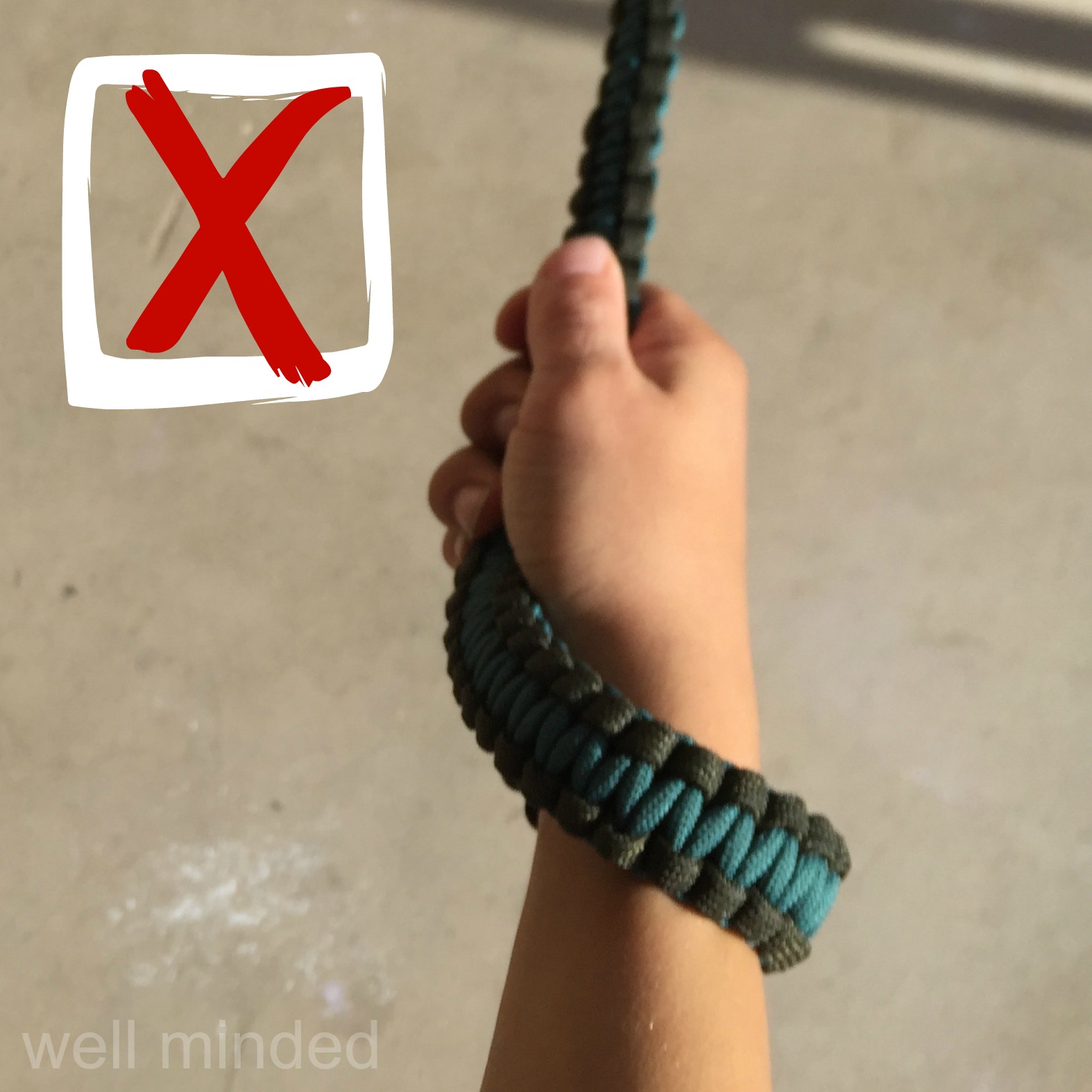As most of you know, our family has been dealing with quite a bit of pet death lately. Some special clients have left us, and we've been working through that. My Junior Pet Sitters Porter (8) and Campbell (6), are hit especially hard when our animal friends depart.
We lost another pet this week. This one was ours. Plantie, Porter's beta fish, is no longer with us.
Facing Pet Loss: Another Lesson in Saying Goodbye
Porter named Plantie, "Plantie," because from day one, he loved to hang out in his aquatic plastic plant. And being a boy of four, the name just made sense. So "Plantie" it was. Though Plantie explored his tank, he would always come back to his plant. Like Porter had "Super" (short for "Super Blankie"), Plantie had his plant for security.
A few months ago, I started noticing Plantie not looking so perky, He would rest more often in his plant, and he started to look a bit "askew." I Googled "life expectancy of a beta fish" and learned that the big 0-2 was average. Plantie was four-and-a-half.
I let Porter know that Plantie had more-than-doubled his life expectancy and that he wasn't looking his best, so to be prepared. Sensitive Porter had a breakdown and obsessively observed his fish when he was home and then obsessively asked me about his fish on the way home from school each day. I felt like it was too much turmoil for him, so I publicly squelched my concerns and told him not to worry...Plantie was just getting old but doing okay. "Old folks move slower," I said. "You know how you see older people with a cane, or they just walk really slow? They are still enjoying life, but just at a slower pace. That's where Plantie is in his life."
It seemed to soothe him a bit and diminish his obsession, but he'd still check in several times a day.
Over the past several weeks, I've watched Plantie slowly deteriorate. He progressed to the point where he'd basically lay around all day in the corner of his tank, just breathing, but he'd still perk up each morning at feeding time, wiggling around in excitement, migrating with effort up to the tallest leaves of his plant in anticipation. He loved breakfast. As the days went by, it seemed to me as if his lower body was paralyzed and his head was controlling all movement. Yet he still got excited when I'd approach his tank, so we proceeded.
The other morning, as I approached, I didn't see him wiggling to get to his plant, and I knew. I had to look all over to find him, and discovered Plantie was not living up to his name, but was, instead, laying on the bottom of the tank not breathing.
I broke the news to Porter, and he was as crushed as expected. He knew in his head that Plantie had lived a fuller-than-full life, but it still stung. The permanent news is a bit like an electric shock. I pulled the fish out with a net so Porter could confirm him deceased and take a good last look and say goodbye. Porter wanted to do the honors, himself, so we all gathered in the bathroom and supported him as he placed Plantie into the toilet and pushed the handle. He asked to keep Plantie's plant.
We let his teachers know since Porter was quite down and distracted. The news must have spread to his friends, as he came home with pictures and notes of sympathy. It really touched my heart that his peers would be so thoughtful and sympathetic.
Very sweet note.
Angel fish.
R.I.P. Plantie. You were a good fish and lived up to your name each day until your last. We will miss you.
Plantie a few weeks before he passed.















